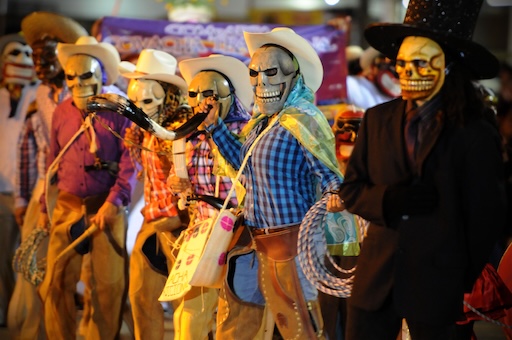
Sure, everyone talks about Día de los Muertos in Oaxaca or Mexico City. But travel deep into the Huasteca region — a lush area spread across parts of San Luis Potosí, Veracruz, and Hidalgo — and you’ll discover a version of the holiday that feels more raw, more ancestral, and honestly... a little wilder.
Welcome to Xantolo, a Day of the Dead celebration like no other. Think masks. Think drums. Think spirits, dancing, and a heady mix of indigenous Nahua and Catholic traditions. This is not a quiet vigil. It’s a full-on reunion between the living and the dead — and everyone’s invited.
Xantolo: A Living Ritual with Dancing Spirits
At its heart, Xantolo is about one thing: bringing joy to the returning souls. The belief here isn’t just that the dead come back — it’s that they deserve to be entertained. So the locals prepare altars with food, drinks, candles, and photos… and then they throw a party.
And not just any party. Dancers don hand-carved wooden masks, often representing animals, elders, devils, or spirits. They wear colorful clothes, sometimes tattered or mismatched, and parade through the streets accompanied by traditional musicians playing violins, guitars, and drums.
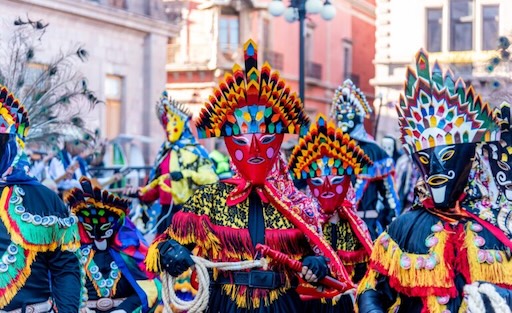
The Masks: Faces of Memory and Mischief
One of the most iconic aspects of Xantolo is the use of wooden masks — some fierce, some funny, all deeply symbolic. These masks are often passed down through families or carved by local artisans. Wearing them isn't just for fun — it’s a spiritual act, a way of embodying the ancestors or guiding souls.
Some dancers represent death itself. Others portray trickster spirits. Kids and elders alike take part, transforming towns like Tantoyuca and Tempoal into living stages of remembrance.
More Than Just Performance
Xantolo isn’t a show for tourists — though if you go, you’ll definitely be welcomed. It’s a community ritual that happens in homes, graveyards, and town squares. In some places, dancers go from house to house, performing for the families who’ve set up altars, and in return they’re given tamales, atole, or even shots of aguardiente.
By dancing and laughing, people say they are helping the dead feel happy and at peace. Mourning turns into movement. Sadness becomes celebration.
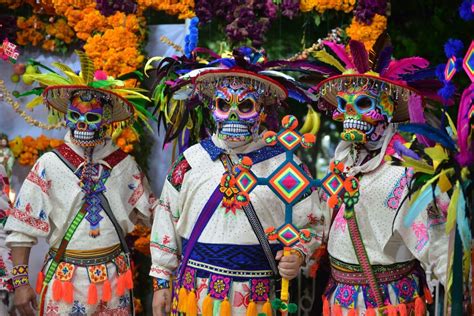
Where and When to Experience It
Xantolo is celebrated from late October to early November, with the main events usually taking place between October 31st and November 2nd. The epicenters are towns in the Huasteca region like:
- Tempoal (Veracruz)
- Tantoyuca (Veracruz)
- Huejutla (Hidalgo)
- Ciudad Valles (San Luis Potosí)
Each has its own variations, but the spirit is the same — connection, color, rhythm, and respect.
A Celebration That Endures
Despite waves of modernization, Xantolo hasn’t faded. In fact, it’s become a point of pride, especially among younger generations reclaiming their roots. Schools teach mask-carving workshops. Local governments support the festivals. And social media? It’s helping Xantolo dance its way into the spotlight.
Yet even with the growing attention, the core remains untouched: Xantolo is for the community. For the ancestors. For the joy of remembering.
Final Thoughts
If Día de los Muertos is Mexico’s best-known celebration of death, then Xantolo is its most electrifying. It’s loud, alive, and unlike anything you’ve seen. It’s not afraid to laugh in the face of death — or better yet, dance with it.
So if you find yourself wandering through the Huasteca in late October, listen for the drumbeat, follow the dancers, and let the spirits lead the way. Xantolo isn’t just a tradition — it’s a reunion of generations, masked in joy.
Share this story and inspire others.
Tags: Xantolo, Day of the Dead, Huasteca traditions, Mexican festivals, Xantolo masks, indigenous culture, unusual celebrations
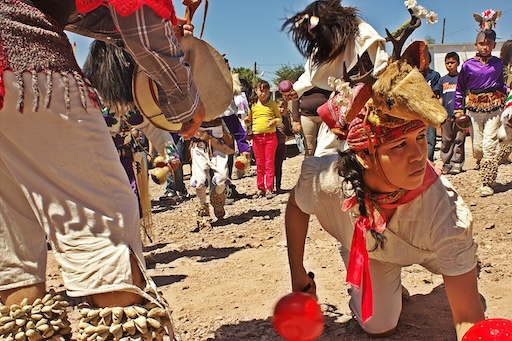 La Danza del Venado – The Sacred Deer Dance of the Yaqui People
La Danza del Venado – The Sacred Deer Dance of the Yaqui People
 Tarahumara Rarámuri – The Ultramarathon Runners of the Sierra
Tarahumara Rarámuri – The Ultramarathon Runners of the Sierra
 La Santa Muerte – The Controversial Saint of Death
La Santa Muerte – The Controversial Saint of Death
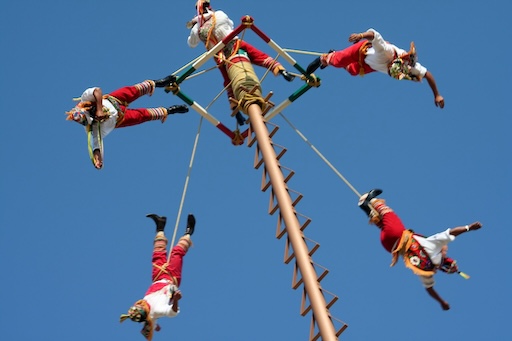 Voladores de Papantla – Men Who Fly from Poles
Voladores de Papantla – Men Who Fly from Poles
 Cenote Sagrado – Sacred Sinkhole of the Maya
Cenote Sagrado – Sacred Sinkhole of the Maya
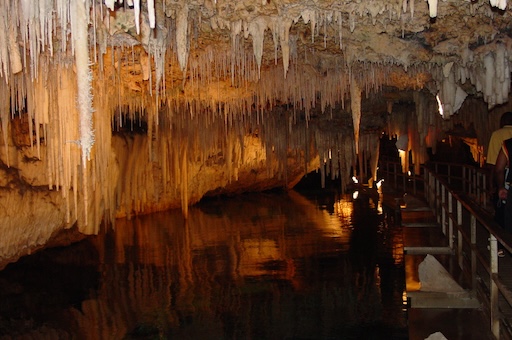 Cueva de los Cristales – Mexico’s Giant Crystal Cave
Cueva de los Cristales – Mexico’s Giant Crystal Cave